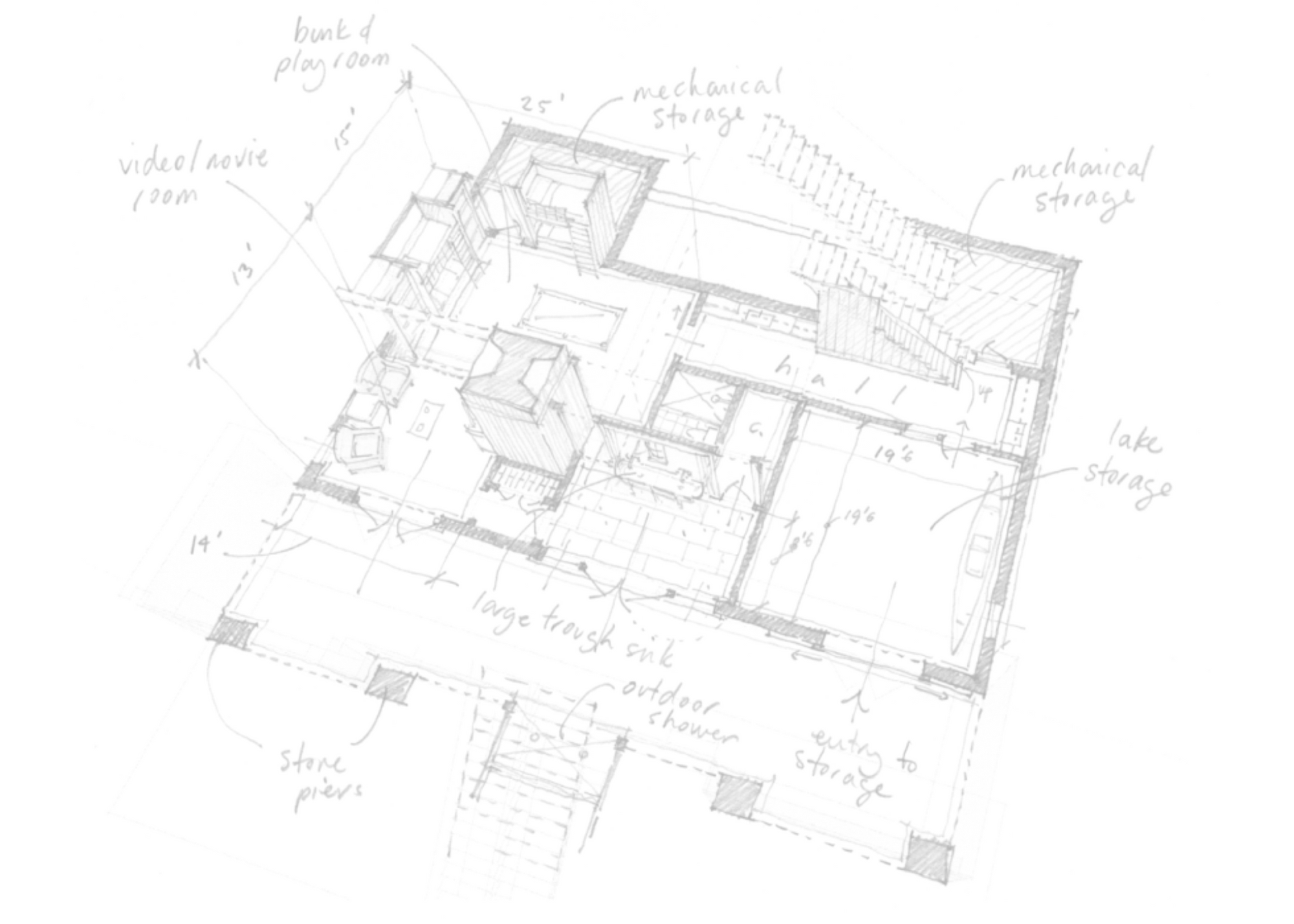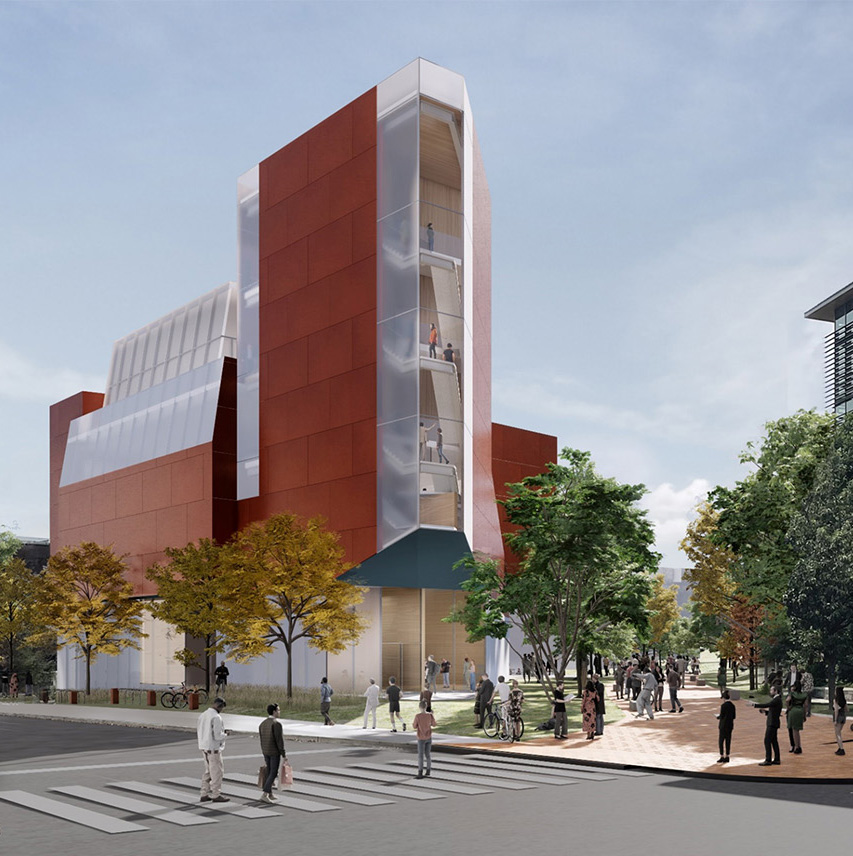Discover Prize-winning Tasks by Prominent CDA Architects
Discover Prize-winning Tasks by Prominent CDA Architects
Blog Article
A Comprehensive Overview of Architectural Styles and Their Impact on Modern City Planning and Development
Building styles have actually long served as a mirror to the social worths and technological innovations of their time, playing a vital role in forming contemporary city preparation and advancement. From the grandeur of Neoclassicism to the practical approach of Brutalism, each design has presented unique principles that influence city visual appeals and capability.
Historical Review of Architectural Designs
Throughout history, building designs have advanced in reaction to social, technological, and environmental variables. Each period mirrors the prevailing values, ideas, and advancements of its time, causing a rich tapestry of style that indicates human creativity and adjustment. The old civilizations, such as the Egyptians and Greeks, developed fundamental styles that emphasized proportion and percentage, serving both practical and visual objectives.
As societies transitioned with the Center Ages, Gothic architecture emerged, defined by its verticality and detailed detailing, mirroring the spiritual desires of the era. The Renaissance marked a resurgence of timeless perfects, merging art and design in ingenious manner ins which affected subsequent designs throughout Europe.
The Industrial Transformation introduced new materials and building strategies, prompting movements like Modernism, which challenged standard kinds and welcomed simpleness and functionality. The 20th century saw a diversification of styles, with Postmodernism reacting against the plain minimalism of its precursor, integrating historic recommendations and diverse aspects.
Today, building styles continue to progress, driven by globalization and sustainability worries, showing a dynamic interplay between heritage and technology. This historic introduction highlights the relevance of design as a mirror of social development and as a catalyst for metropolitan development.
Key Architectural Styles Explained
The variety of building designs shows the myriad influences that shape our developed environment, each embodying distinct features and cultural relevances. Secret architectural designs consist of Classic, Gothic, Baroque, Modernism, and Postmodernism, each representing one-of-a-kind historic contexts and aesthetic philosophies.
Classic architecture, rooted in old Greece and Rome, highlights proportion, proportion, and using columns. In contrast, Gothic style, growing in the Middle Ages, is defined by sharp arches, ribbed safes, and flying buttresses, producing a heavenly top quality in cathedrals. Baroque style, emerging in the 17th century, is marked by magnificence, fancy embellishment, and a dynamic interaction of light and darkness.

Comprehending these styles offers insight into the cultural stories and technical improvements of their corresponding ages, highlighting exactly how design serves not just as a shelter, yet as a representation of social worths and desires.
Effect On Urban Planning
In forming the growth of cities, building styles significantly influence metropolitan planning decisions. The selection of architectural design frequently determines the aesthetic appeals, functionality, and general personality of metropolitan settings.
Furthermore, building designs can impact zoning laws and land use plans. Urban organizers should take into consideration the prevailing architectural patterns when making districts, making sure that brand-new developments balance with existing frameworks. This consideration promotes natural city landscapes and enhances neighborhood identification.
The execution of specific architectural styles can additionally affect socioeconomic factors within a city. High-end contemporary designs may attract upscale citizens and services, leading to gentrification, while extra inexpensive housing services might prioritize practical and sustainable designs to accommodate diverse populations. Ultimately, the interplay in between building designs and metropolitan preparation produces dynamic cities that reflect both historic context and modern demands, forming the lived experiences of their citizens.
Sustainability and Modern Style
Building styles play a critical role in dealing with contemporary obstacles, specifically in the world of sustainability. As metropolitan areas broaden and environmental concerns magnify, modern architecture significantly welcomes sustainable style principles that focus on power effectiveness, resource preservation, and very little ecological impact.
Contemporary architectural activities, such as biophilic style and eco-friendly architecture, supporter for structures that harmonize with their environments, utilizing natural products and promoting biodiversity - cda architects. These designs typically incorporate renewable resource sources, such as solar panels and wind generators, to reduce dependence on nonrenewable fuel sources and reduced carbon footprints
In addition, the combination of advanced discover here innovations, such as clever structure systems, enhances power monitoring, enhancing resource usage while making sure occupant convenience. Innovative water administration techniques, consisting of rainwater harvesting and greywater recycling, additional add to sustainable metropolitan environments.
Significantly, sustainability expands beyond ecological concerns; it includes social and financial measurements as well. By fostering neighborhood health and advertising inclusivity, modern architectural designs straighten with sustainable advancement objectives. The advancement of architectural practices continues to shape durable cities that not only satisfy the demands of the existing yet also safeguard the future for generations to come.
Community Interaction in Style
Neighborhood involvement in layout functions as an important bridge in between engineers and the populaces they offer, making sure that the constructed setting helpful hints mirrors the demands and desires of its customers. This collaborative process welcomes area participants to add their insights and preferences, fostering a sense of ownership and duty towards the rooms they populate.
Efficient neighborhood engagement employs numerous approaches, such as workshops, studies, and public online forums, to gather diverse viewpoints (cda architects). These strategies assist in a two-way dialogue, allowing architects to recognize regional contexts while empowering residents to articulate their worries go to these guys and wishes. This inclusivity not only boosts the style quality yet likewise promotes social equity by resolving the special difficulties faced by marginalized teams

Conclusion
Building styles have greatly affected modern city planning and growth, showing developing cultural and technical contexts. As cities continue to grow and adjust, the continuous dialogue in between building heritage and modern layout concepts will continue to be necessary in producing inclusive, vivid areas that enhance top quality of life and promote social equity.
Report this page